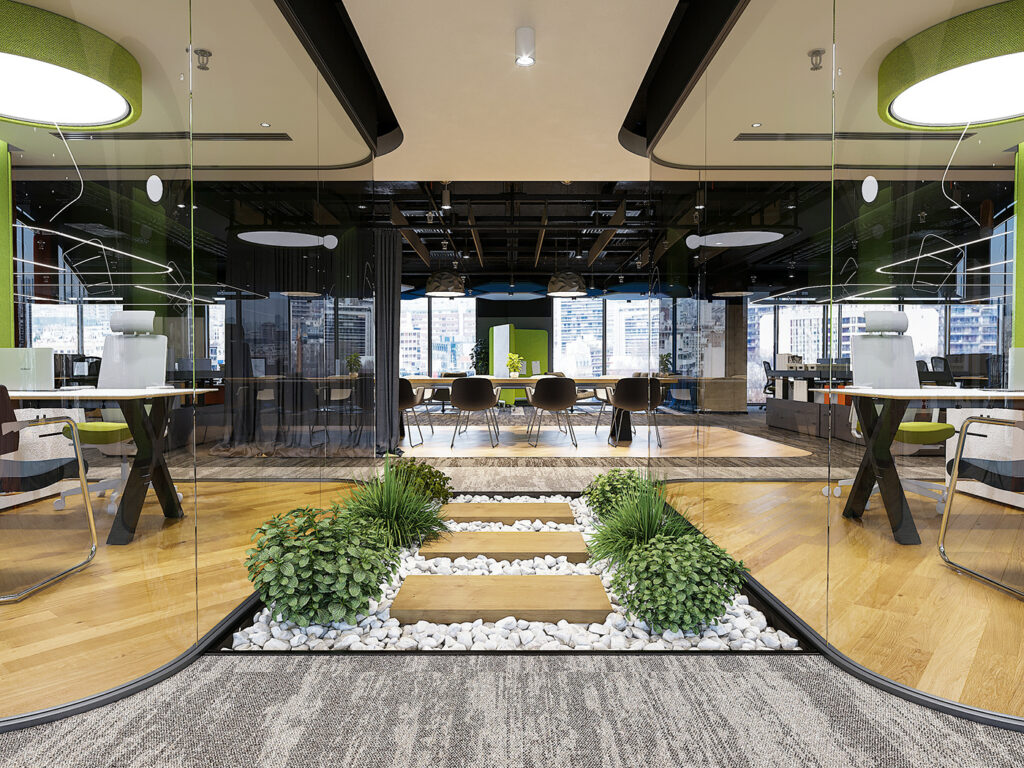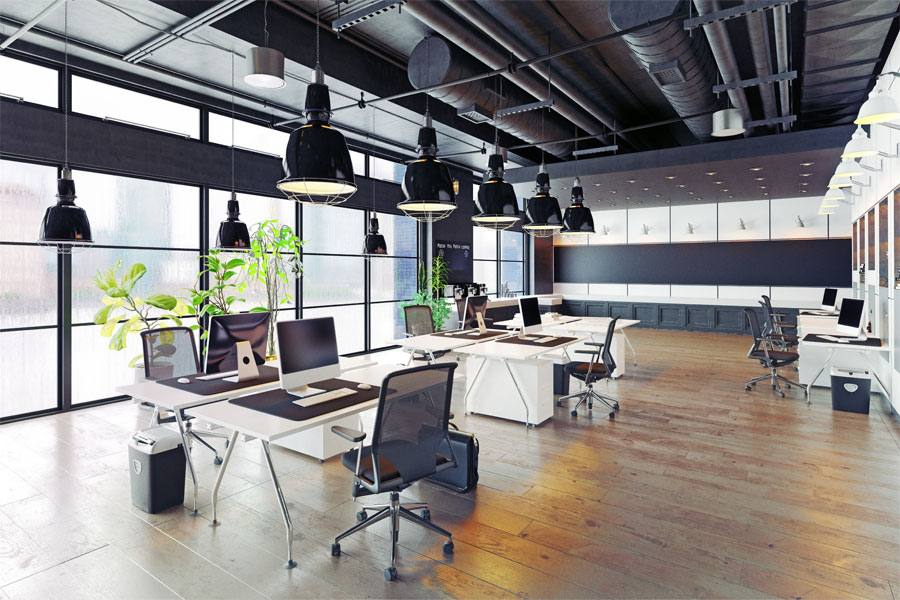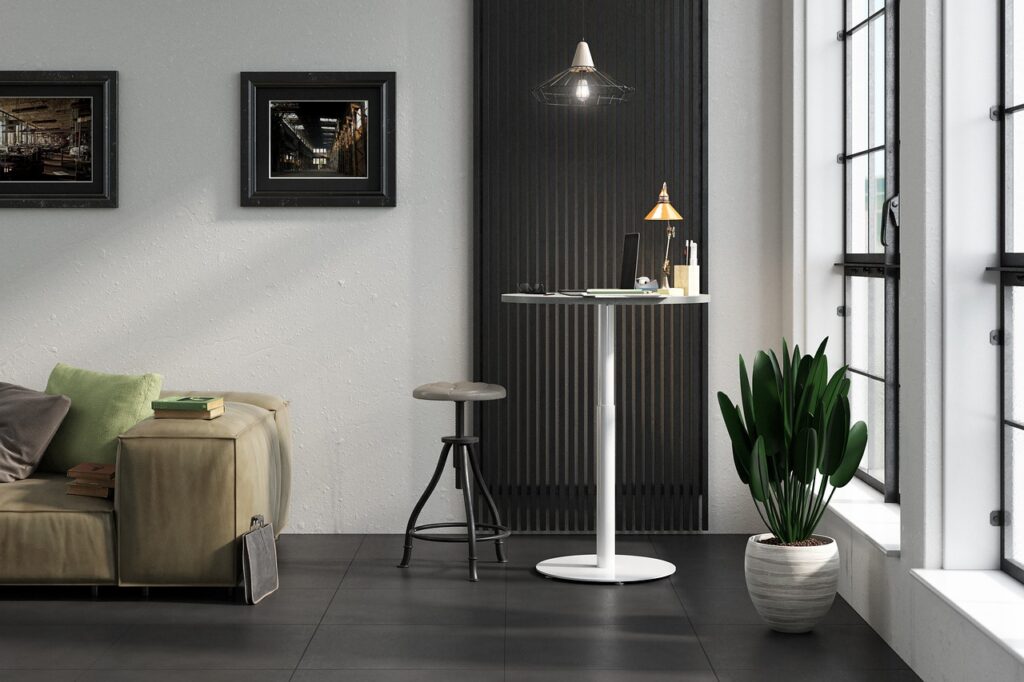Creating a healthy and productive workplace is essential for the success of any business. One crucial aspect of achieving this goal is incorporating ergonomics into commercial interior design. Ergonomics focuses on designing spaces that promote the well-being and comfort of individuals, enhancing their efficiency and reducing the risk of injuries. In this article, we will explore the significance of ergonomics in commercial interior design and provide valuable insights from leading commercial interior design companies.
The Importance of Ergonomics in Commercial Interior Design
Ergonomics plays a vital role in commercial interior design as it directly impacts the well-being and performance of employees. By considering the physical and psychological needs of individuals, ergonomics helps create a workspace that supports their health, comfort, and productivity. A well-designed ergonomic environment can prevent work-related injuries, reduce absenteeism, increase employee satisfaction, and enhance overall productivity.
Key Considerations in Ergonomic Commercial Interior Design
Furniture Selection and Placement
The selection and placement of furniture are fundamental aspects of ergonomic commercial interior design. Ergonomically designed chairs, desks, and workstations ensure proper body posture, reducing strain on the back, neck, and joints. Adjustable features such as seat height, lumbar support, and armrests allow individuals to personalize their workstation to their specific needs.
Lighting and Color
Proper lighting and color choices contribute significantly to the overall ergonomic design of a commercial space. Adequate natural and artificial lighting not only improve visibility but also help reduce eye strain and fatigue. The color scheme should promote a calm and focused atmosphere, with attention to contrast and minimizing glare.
Noise Reduction and Acoustics
Noise pollution can negatively impact employee concentration and productivity. Implementing acoustic solutions, such as sound-absorbing materials, partitions, and strategic layout planning, helps minimize distractions and create a quieter work environment.
Air Quality and Ventilation
Maintaining good indoor air quality and proper ventilation is crucial for a healthy workplace. Commercial interior design should prioritize air circulation, temperature control, and filtration systems to ensure a fresh and comfortable environment. This can enhance employee well-being, reduce the risk of illness, and improve overall cognitive function.
Design Principles for Ergonomic Commercial Spaces
Flexibility and Adaptability
Ergonomic commercial interior design should prioritize flexibility and adaptability. Spaces should be easily reconfigured to accommodate changing needs and promote collaboration. Utilizing movable furniture, modular partitions, and versatile layouts ensures that the workspace can be adjusted to meet the requirements of different tasks and team dynamics.
Ergonomic Workstations
Designing ergonomic workstations is essential for promoting employee health and productivity. Each workstation should have adjustable elements, such as ergonomic chairs, adjustable desks, and monitor arms, allowing employees to personalize their setup. Additionally, incorporating cable management systems can help keep the workspace organized and safe.
Biophilic Design
Biophilic design principles integrate natural elements into commercial interiors, promoting a connection to nature. This design approach has been shown to enhance well-being, creativity, and productivity. Incorporating plants, natural materials, and views of the outdoors can contribute to a healthier and more engaging work environment.
Expert Tips from Commercial Interior Design Companies
To gain valuable insights from professionals in the field, we reached out to leading commercial interior design companies specializing in ergonomic design. Here are some expert tips they shared:
Foster Collaboration and Communication
Encourage collaboration and communication by designing open and inclusive spaces. Incorporate flexible seating arrangements, communal areas, and meeting zones to facilitate teamwork and interaction among employees.
Prioritize Employee Well-being
Consider the needs of employees when designing commercial interiors. Provide comfortable break areas, relaxation spaces, and wellness amenities such as standing desks or yoga rooms to support their well-being and work-life balance.
Integrate Technology Thoughtfully
Integrate technology seamlessly into the workspace to enhance efficiency and productivity. Ensure that power outlets, charging stations, and connectivity options are easily accessible, reducing clutter and promoting a seamless workflow.
Conclusion
Ergonomics in commercial interior design is crucial for creating a healthy workplace environment that supports employee well-being, productivity, and satisfaction. By considering key considerations such as furniture selection, lighting, noise reduction, and air quality, and implementing design principles such as flexibility and adaptability, ergonomic workstations, and biophilic design, commercial interior design companies can create spaces that optimize employee performance. Prioritizing ergonomics will not only benefit the employees but also contribute to the overall success and growth of businesses in today’s competitive market.





